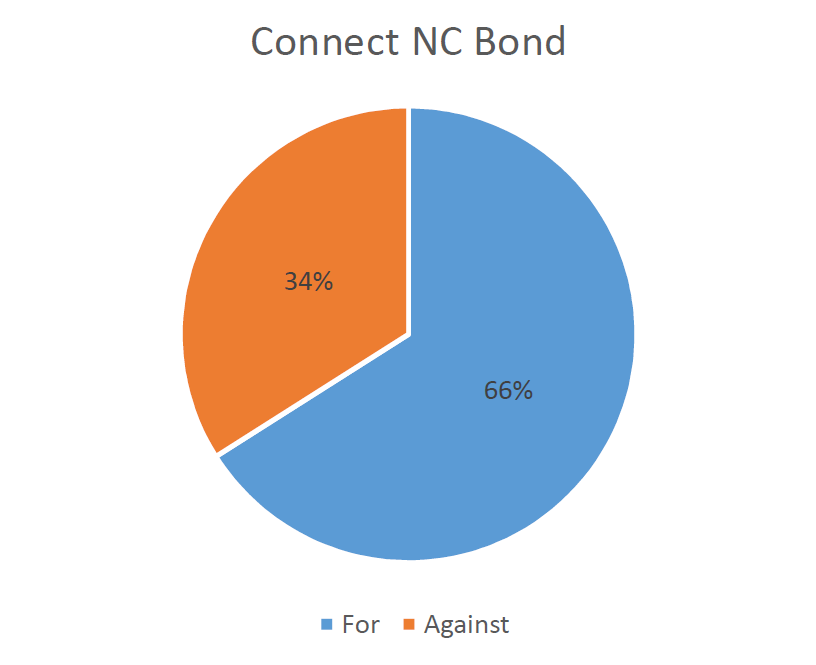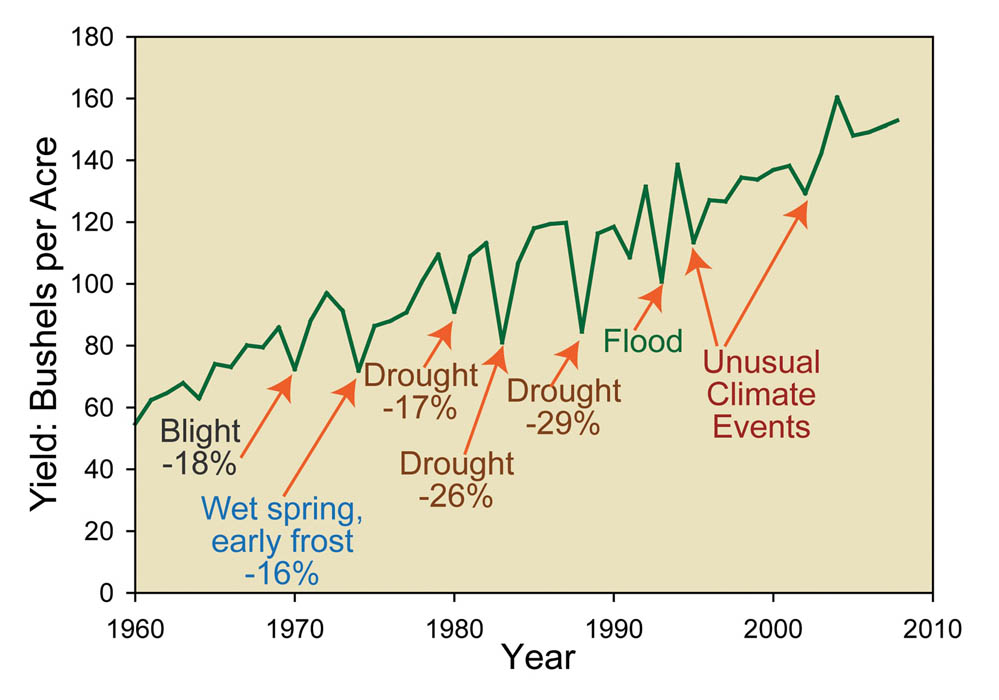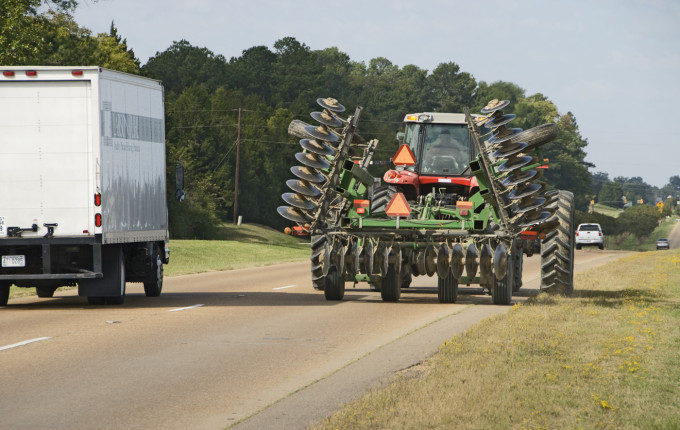We’ve all been there. You’re cruising down one of North Carolina’s many rural highways or secondary roads, perhaps off to vacation at the beach or in the mountains, when all of a sudden you come up on a tractor or some other piece of farm machinery on the road. To many motorists, this is frustrating —a brief slowdown on an otherwise smooth journey. But to farmers, traveling on roads and highways can be a dangerous yet necessary part of the job. And with the arrival of spring and the beginning of the busy season for many of North Carolina’s farmers, you’re a lot more likely to encounter farm equipment on the road.
Unlike the NCAA basketball tournament, the first round of North Carolina elections—last week’s primary—didn’t result in big upsets or surprises. The council of state races held as projected and, for the most part, incumbents in the state house and senate will be moving on to their general elections or returning to Raleigh for the 2017 long session.
Today, instead of analyzing individual races across the state, we will focus on the Farm Bureau-supported Connect NC Bond results and discuss a few voting trends that continue to emerge in urban and rural areas. (If you’re interested in learning about those other races, we highly recommended you read the NC Free Enterprise Foundation’s post-primary briefing.)
 North Carolina voters last night passed the $2 billion Connect NC Bond that will strengthen food security and national security by making two investments in the future of North Carolina agriculture. NC Farm Bureau strongly supported the Connect NC Bond that provides $85 million for the Plant Sciences Initiative at NC State and $94 million for updating NC Department of Agriculture and Consumer Services (NCDA&CS) laboratories.
North Carolina voters last night passed the $2 billion Connect NC Bond that will strengthen food security and national security by making two investments in the future of North Carolina agriculture. NC Farm Bureau strongly supported the Connect NC Bond that provides $85 million for the Plant Sciences Initiative at NC State and $94 million for updating NC Department of Agriculture and Consumer Services (NCDA&CS) laboratories.
As the 2016 Primary nears, all eyes and ears will be on the races for president, governor, and Congress. There’s no doubt that the presidential primary has been a bit of roller coaster. But in these uncertain times, we urge all North Carolina voters to make your voice heard and get out to vote on March 15th.
Last week we told you about the difficult year North Carolina farmers had in 2015. This week we want to show you how that bad weather has converged with a few other factors to put many farmers in a really tight spot as they prepare for the 2016 growing season.

First of all, weather is always a wild card in agriculture. Here’s a chart (Figure 1) showing how weather events have affected US corn production over the last 50 years. Nearly every decrease in crop yields can be attributed to some adverse weather event. Farmers certainly understand this and do everything they can to manage risk, but there’s only so much they can do when extreme events occur.

